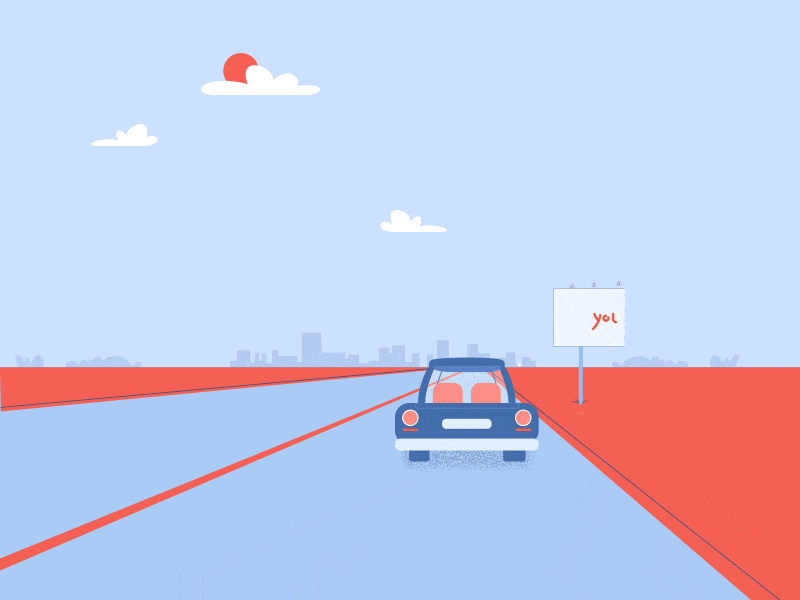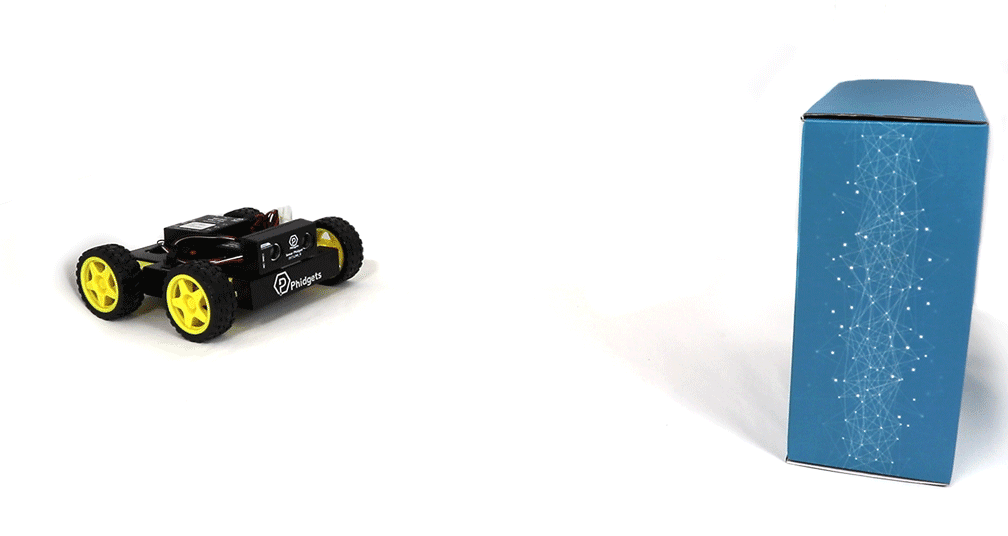Junior STARtec Level 1
In the first level, a specialized team of trainers at TechnoX's "STARtech" department teaches students the fundamentals of programming and its tools, and how to use them to create code capable of controlling a machine they manufacture. After teaching them how to read and program data from various sensors, such as humidity sensors, distance sensors using sound waves, and color sensors, and teaching them how to control electric motors and their speed, students become capable of using the robot's brain to build a smart machine capable of executing specific tasks programmed by the student. These tasks include an automatic irrigation system, an anti-theft protection system, and an automatic lighting system in case of power outage. At the end of the level, students manufacture a self-driving car capable of avoiding frontal collisions in case an object is in front of the car. All these projects are designed as courses for the first level to be able to teach students the concepts, keys, and tools necessary for designing, manufacturing, and programming these projects independently. These projects also allow us to train students on some of the technological applications currently used in the industry, enabling us to prepare their minds for technical learning and prepare them for the future job market.
Student projects during the level

1. Automatic Lighting System
Students can create an automatic light system that activates when electricity is off by detecting surrounding light levels.

2. Smart Irrigation System
Student can create a smart irrigation system that can sense the amount of water level on the soil and then converting it to input signal to the code that control the working of water pump.

3. Security System
ٍٍٍStudent can create a security system to protect a house door from potential thieves using an ultrasonic sensor to detect door movement and a buzzer for sounding an alarm.

4. Path Planning Robot
Student can construct a simple self-driving car that simulates Tesla's Autopilot by detecting road lanes and centering the vehicle.

5. Collision Avoidance System
Student can create a collision avoidance system that detects obstacles or vehicles ahead and prevents the vehicle from crashing.